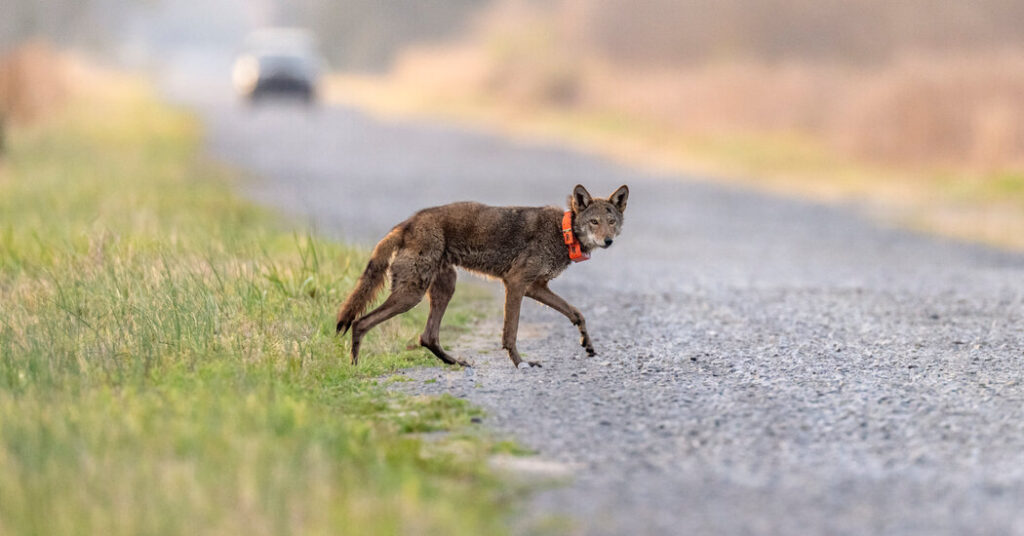The Trump administration proposed on Wednesday to significantly limit protections under the Endangered Species Act, the bedrock environmental law intended to prevent wildlife extinctions.
Taken together, four proposed new rules could clear the way for more oil drilling, logging and mining in critical habitats for endangered species across the country.
One of the most contentious proposals would allow the government to assess economic factors, such as lost revenue from a ban on oil drilling near critical habitat, before deciding whether to list a species as endangered. The Endangered Species Act requires the government to consider only the best available science when making these decisions.
Another change would make it harder to protect species from threats that could occur in the future, like effects of climate change that could materialize in the decades to come.
The proposals largely resemble changes that the first Trump administration made to the Endangered Species Act in 2019 that were reversed under the Biden administration.
“This is like going back to 2019 and then some,” said Jane Davenport, a senior attorney with Defenders of Wildlife, an advocacy group. “I think it’s very consistent with the tenor of what we have seen in this administration, of taking it from bad to worse.”
Two of the proposals were announced jointly by the United States Fish and Wildlife Service and the National Marine Fisheries Service. Doug Burgum, the interior secretary, said the changes would relax requirements that have long burdened states, landowners, businesses and Native American tribes.
“This administration is restoring the Endangered Species Act to its original intent, protecting species through clear, consistent and lawful standards that also respect the livelihoods of Americans who depend on our land and resources,” Mr. Burgum said in a statement.
Environmental groups are expected to challenge the proposals in court once they are finalized.
“We’ve fought this before and we’ll fight it again,” said Stephanie Kurose, deputy director of government affairs at the Center for Biological Diversity, a conservation group. “We assumed Trump would attack wildlife again, but this dumpster fire of a plan is beyond cruel,” she said.
Groups representing the oil and gas industry praised the proposals, saying they would slash red tape.
“The Trump administration is rightfully redressing problems with E.S.A. and reducing overreaching regulatory burdens,” Melissa Simpson, president of Western Energy Alliance, a trade association, said in a statement. “We’ve been pushing for changes like these and believe today’s announcement will continue to protect listed species.”
Since its passage in 1973, the Endangered Species Act has been credited with helping to prevent the extinction of species like the black-footed ferret and whooping crane. Populations of rare birds such as the Kirtland’s warbler, a gray-and-yellow songbird, have also seen remarkable rebounds.
Yet the Endangered Species Act has faced criticism from a range of business interests, including farmers, ranchers, loggers and rural landowners. Opponents have accused environmentalists of weaponizing the law to block infrastructure projects without regard for their economic benefits.
“I commend the Trump administration for these balanced reforms and for reminding us all that the E.S.A. was written to enrich wildlife habitat, not lawyers,” Representative Bruce Westerman, an Arkansas Republican who leads the House Natural Resources Committee, said in a statement.
Starting on Friday, the Trump administration will solicit public comments on the proposals for 30 days. The administration will then write final rules, a process that could take up to two years.
Maxine Joselow covers climate change and the environment for The Times from Washington.
The post Trump Moves to Weaken the Endangered Species Act appeared first on New York Times.




